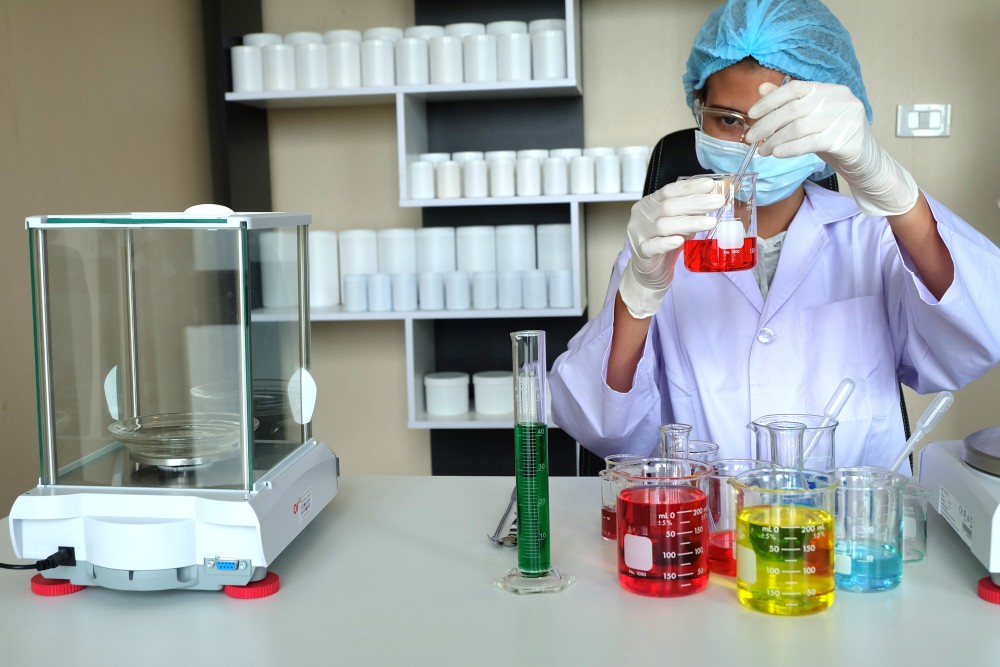- Empty cart.
- Continue Shopping
Exploring the Crucial Impact of Biomedical Waste Management

Biomedical waste is the hazardous waste generated in healthcare settings like hospitals, clinics, and laboratories. These wastes include human anatomical parts, contaminated blood, swabs, and sharp surgical materials like the scalpel among many other things. These are hazardous to humans as they could trigger the spread of contagious viruses by making contact with people. Moreover, these are potential pollutants for nature.
As per a study published in the International Journal of Environmental Research and Public Health, about 0.5 to 2 kg of hazardous wastes per bed per day are generated from healthcare activities. So in the absence of an arrangement to manage these wastes, it could go out of control and may result in the outbreak of serious infections like HIV. Fortunately, there is such an arrangement in place that begins with the segregation of these wastes using different bags such as the bio medical waste yellow bag. The following sections are intended to explore this system and its various impacts on humans and the environment.
Bio-Medical Wastes: Effective Management Channel
- Collection and Segregation: Color-coded bags such as the yellow garbage bag for hospital wasteare placed in secluded areas to segregate waste along with its collection. Special warnings are provided at collection sites considering the hazardous nature of these wastes. Since the yellow bags may contain contaminated blood and anatomical parts they are treated with special attention.
- Treatment:Methods such as incineration and autoclaving are used to treat these wastes to ensure safe disposal.
- Disposal:The waste collected in biomedical bags is cautiously sealed and disposed of in appropriate landfills. The biodegradable bags along with the waste merge with the soil without burdening the landfill.
The Impacts of this Method
- Infection Control: As they are managed with high caution the risk of infections is avoided. Thus healthcare workers, patients, and the general public are safeguarded from infections.
- Waste Segregation:Since wastes are collected in appropriate bags such as the bio medical waste yellow bag it’s well segregated and channeled for appropriate treatment. This foolproofs the treatment of hospital waste before disposal.
- Environmental Protection:Through proper management of biomedical waste hazardous substances and pathogens are prevented from entering into soil and water bodies.
- Resource Conservation:Not every hospital waste is disposed of. Some like the intravenous tubes and urine bags are collected in red bags for recycling. Thus biomedical waste management reduces resource consumption.
- Occupational Safety:As is obvious proper management of these wastes safeguards healthcare workers and other waste handlers from hazardous substances.
- Community Health:Improper disposal of biomedical waste could have threatened an entire community. Such incidents are avoided by proper management.
- Reduction in Health Care Costs:Since proper waste management prevents Healthcare-Associated Infections (HAIs) and injuries healthcare costs associated with such mishaps are avoided.
To sum up, biomedical waste management has crucial impacts on the health of humans, the environment, and all the living beings that depend on it. Spreading awareness on this matter is also essential for better coexistence with the environment.
Color-coded bags for waste collection are indeed a way to grab the attention of patients and other workers in healthcare settings to responsibly manage biomedical waste. At Hygiene for All, we deliver such bags ensuring quality and durability. Our Hi Care Garbage bag is one step closer to the goal of efficient hospital waste management.







